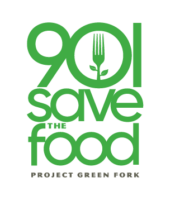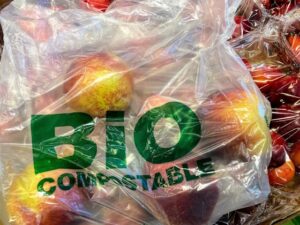In recognition of the International Day of Awareness of Food Loss and Waste, it’s crucial to address how food waste pervades today’s global food system, impacting every stage from farm to fork. This issue accelerates environmental degradation and amplifies the inequities within our food supply chains. The journey of food traces a troubling path through the entire supply chain, ultimately leading to overflowing landfills and incinerators, where food waste remains the single most common material, accounting for nearly a quarter of what’s discarded.
Farming
The journey of food waste begins at the farm. Despite the care and resources put into food production, approximately 16.8% of food loss happens in this stage. A significant portion of crops is left unharvested due to low market prices, high labor costs, and strict cosmetic standards imposed by retailers. Vegetables that are deemed too small, misshapen, or imperfect are often rejected and left in the fields. Farmers face tough decisions – should they harvest crops that may never sell or simply till them under to save time, money, and energy? Labor shortages also exacerbate this problem, leaving vast fields of produce unharvested.
Manufacturing
From there, the issue extends to food manufacturers. Here, nearly 15% of food loss occurs, much of it in the form of byproducts like peels, stems, and bones that are thrown out during processing. While some trimmings include edible portions, they are seen as waste because they don’t fit the specifications of the final product. However, they can be repurposed – such as using vegetable peels to make nutrient-rich stocks or turning fruit pulp into jams and sauces – showing that even what seems like waste can have culinary value.
Production line inefficiencies further contribute to food loss. Companies can find innovative ways to use these extras, such as turning potato peels into snacks or feeding animals with trimmings, to cut the amount of food that ends up in landfills.
Customer-facing establishments
Once food reaches retailers, the pressure to maintain a constant variety of fresh produce leads to significant waste. Nearly 20% of food loss occurs in grocery stores and supermarkets, driven by the demands of both customers and business practices. High customer expectations for unblemished, perfect produce mean that slightly overripe or imperfect items are often culled before they even reach the shelves. Additionally, retailers over-order to keep shelves stocked and dispose of edible food deemed past its prime based on confusing date labels.
Foodservice establishments, such as restaurants and cafeterias, face similar challenges. Customers expect a wide variety of food to be available at all times, and businesses struggle to forecast demand. Improper storage, bulk purchasing, and preparation techniques can lead to waste. However, 70% of food waste in foodservice is due to plate waste. Customers frequently order or serve themselves more than they can eat, resulting in excess food being discarded.
Homes
The final stop in the food journey is our homes, where 48.2% of food is scrapped. Poor food management, over-purchasing, and misunderstandings about expiration dates lead to significant waste. Families regularly buy in bulk for convenience or to save on per-unit costs, but much of that food is never eaten. Consumers commonly throw out food based on arbitrary date labels, assuming it’s unsafe even when it’s still edible. Limited awareness of food rescue programs and the perceived difficulty of composting also contribute to household food waste.
A systemic issue
Our connections with food – spanning farms, manufacturers, retailers, restaurants, and homes – is systemic in nature. Each stage influences the others, inadvertently creating a cycle of waste. For example, a farm may leave perfectly good produce in the field because it doesn’t meet retailer appearance standards, which are based on feedback from shoppers who expect perfection.
To break this cycle, stakeholders at every level must take action.
- Farmers can mitigate excess by donating produce to food banks, repurposing it into value-added products, or feeding it to livestock.
- Food manufacturers can implement more efficient production techniques to reduce byproducts and find creative uses for trimmings.
- Retailers can change stocking practices, offer “imperfect” produce at a discounted rate, and clarify date labels to prevent confusion.
- Restaurants can adjust portion sizes, improve forecasting, and repurpose leftovers into new dishes.
- Consumers can plan meals more carefully, store food properly, and compost when appropriate.
Despite existing challenges, progress is being made in tackling food waste. On-farm recovery programs are redistributing surplus food, while many cities are launching composting initiatives to divert food from landfills. Businesses are increasingly adopting technologies to optimize inventory management and food storage, and educational campaigns are empowering consumers to minimize waste in their own kitchens.
By addressing food waste, we can protect the environment and create a more equitable food system. Learning more about the connections between each stage of the food supply chain allows us to make meaningful changes that ensure that more of the food we generate actually feeds people, rather than filling landfills.




